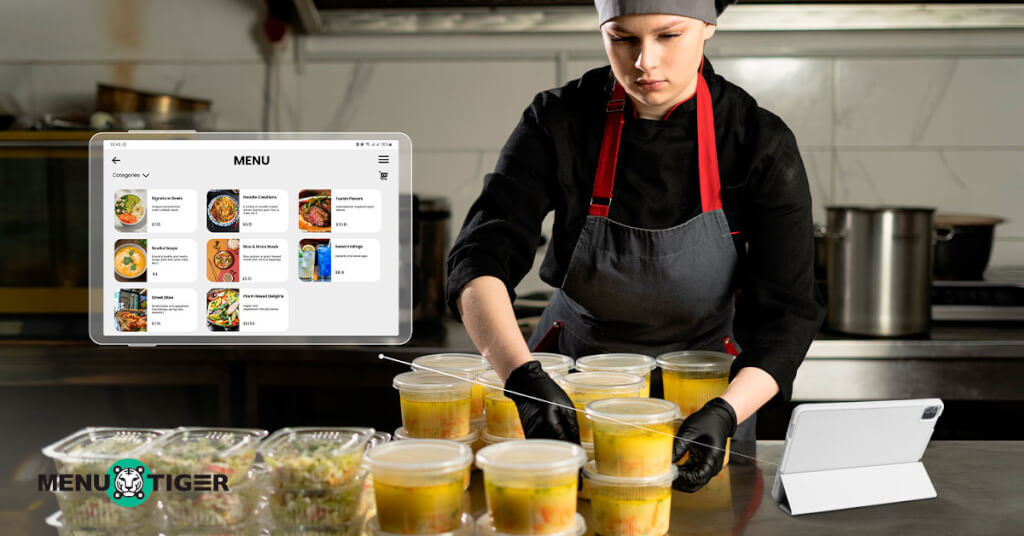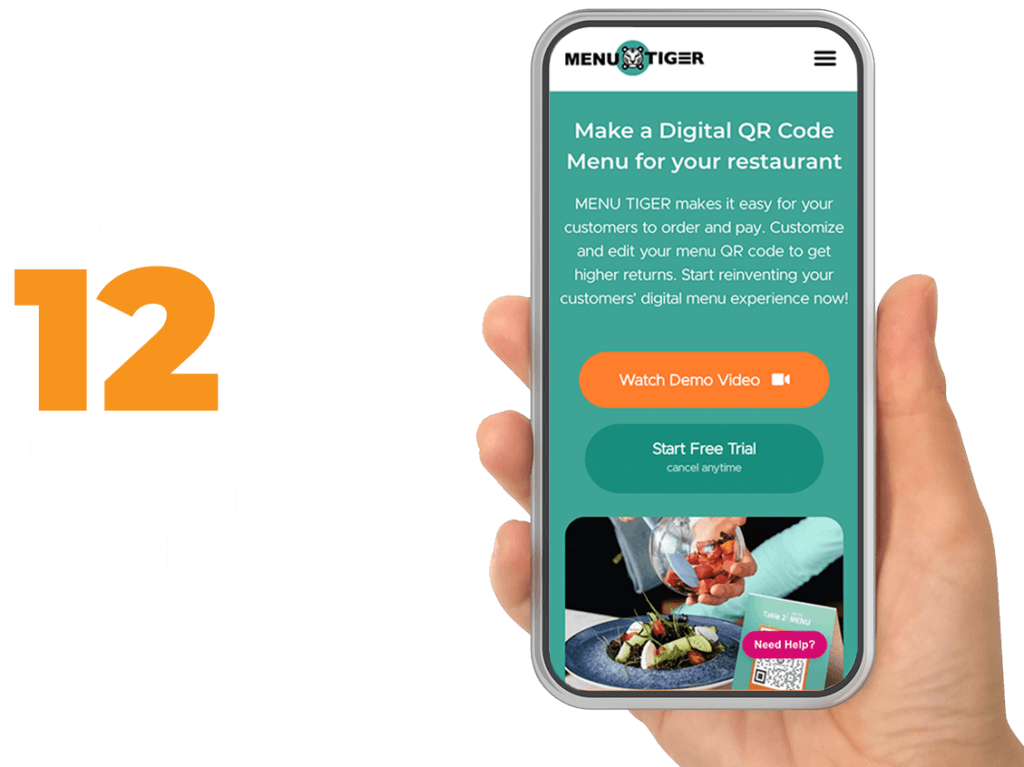Rising rent, labor costs, and unpredictable foot traffic make it harder than ever to turn a profit in a saturated restaurant industry.
If you’re a chef, restaurateur, or small business owner looking for a way to break into the market or expand without the burden of building a full-scale restaurant again, a virtual kitchen is perfect for you.
This business model allows you to operate without a dining space and focus entirely on takeout and delivery.
With lower startup costs, more flexibility, and convenient order-taking using digital menu ordering systems and tools, you’ll be able to transform the way the food business operates.
But how do you set one up? This guide breaks down the steps to launch a successful online restaurant, from choosing the right concept and niche to optimizing your menu and marketing strategy.
Table of Contents
ToggleWhat’s a virtual kitchen: A bite-sized rundown
This is the extension of your brick-and-mortar restaurant.
Its business model focuses on providing a delivery-only menu that may differ from the regular dine-in offerings.
However, restaurant industry veterans often refer to this as a ghost kitchen; even when used interchangeably, they are actually two different concepts.
The two differ in their setup. The latter operates independently, without a traditional restaurant space for on-site dining, while the former is described as an extension of an on-site business.
A step-by-step guide on how to start a virtual restaurant
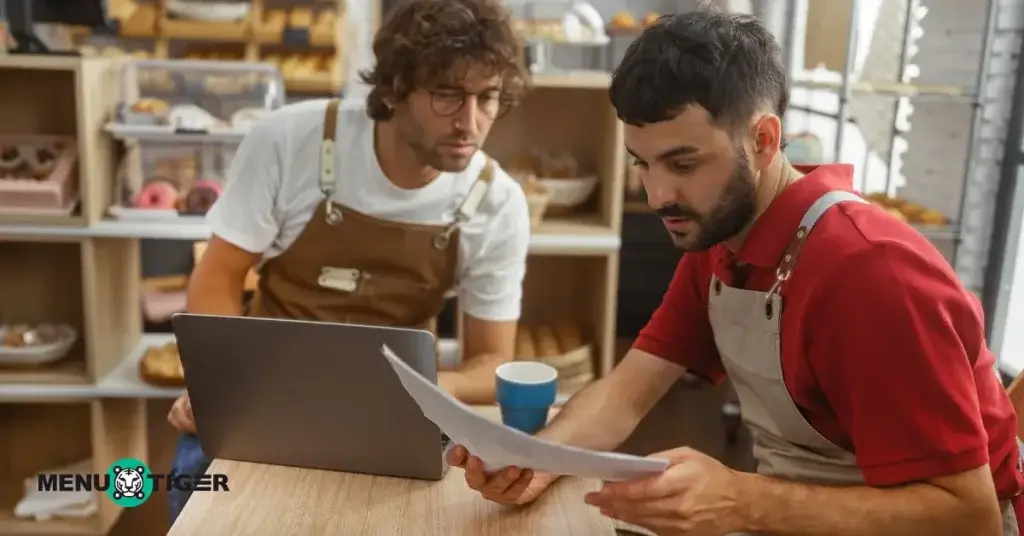
If you’re planning to extend your operations outside from your usual sit-and-eat set up using this business model, we’ve come to the rescue with this comprehensive guide on how to start and launch your own.
Step 1. Define your concept and niche
Nailing down your concept and niche is non-negotiable.
You have to define what kind of food you’ll offer and who your target audience is. Unlike your traditional restaurant, virtual restaurants focus entirely on delivery and takeout.
This means the concept that you’re going for should align with the consumer trends, such as demand in convenience, dietary preference, or unique cuisines.
On the other hand, a well-defined niche draws it to the spotlight. Food delivery statistics reported that 65% of restaurant operators generate a boost in their sales by offering food delivery, particularly through mobile apps and changing habits.
Choosing the right concept and niche sets the foundation for your branding, marketing, and menu development.
Step 2. Develop your menu for delivery
Your menu needs to be tight, profitable, and delivery-proof.
This means no soggy fries and no high-maintenance dishes. So, stick to 10 to 15 items that can be prepared on the go.
You can explore offering premade meals and build-your-own food packs (which leverage customization on their choices).
Remember to keep your ingredients working double-time — if you use a killer sauce for wings, use ti for a sandwhich too.
And maximize your profit by pushing your high-margin dishes and upselling extras like sauces, sides, and drinks.
Tip: Once you have finalized your offerings, learn about food photography to produce the best food image that you’re going to use in your website or menu app. Remember, your customers eat with their eyes first, so it’s better to have in the highest quality.
Step 3. Choose the right kitchen space
Although you have space available from your physical store, this may not be enough to cater to both your walk-in and online customers.
It’s better to get a functional, efficient setup. You’ve got a few options:
- Commissary kitchens
A commissary kitchen is a shared space built for food businesses. It comes with equipment, flexibility, and lower overhead, but you’ll be working with other brands.
- Ghost kitchen facilities
This is designed for delivery-only restaurant brands, offering private or shared kitchen spaces that are optimized for speed and efficiency.
They handle the utilities, maintenance, and sometimes even the delivery logistics.
- Restaurant kitchen leasing
Some restaurants rent out their kitchen during off-hours. This can let you operate withou the full cos of running a space.
Step 4. Build your tech stack
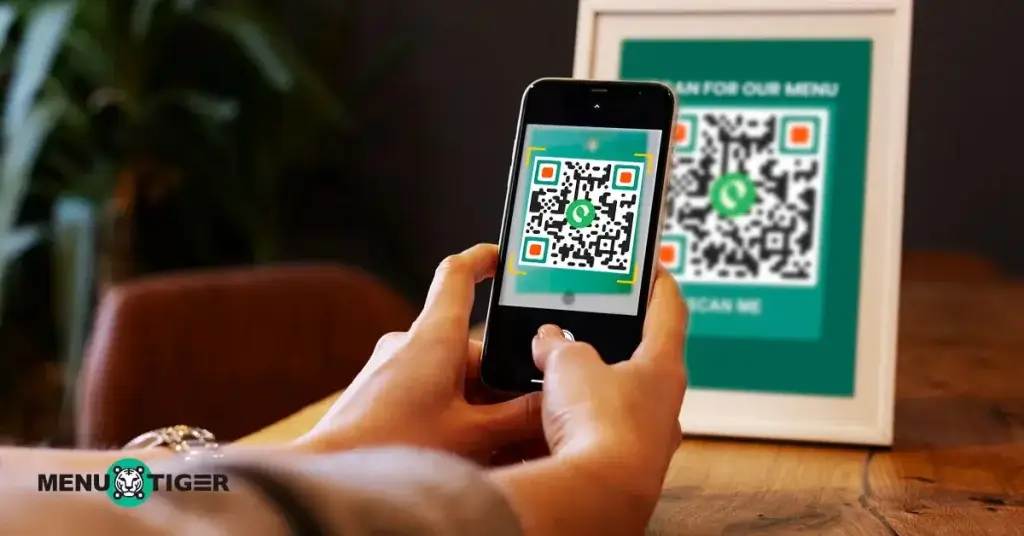
Running a virtual restaurant without solid tech is a logistical nightmare on your end.
Orders may get lost, delivery time lag, inventory runs out unexpectedly and customers get frustrated with inefficient ordering process.
What you can do is to invest in a streamlined tech stack like an online menu ordering system to ensure customers can place their orders easily while syncing directly to your kitchen.
It will help you keep the orders in place, reducing much confusion.
Ofcourse, you can add your POS systems, kitchen display systems and marketing and customer relation management tools to keep your operations even better.
Step 5. Create a strong brand identity
Your brand identity must do all the heavy lifting, particularly if you want to make it a separate entity from your restaurant.
Start with a killer name and logo. You can repurpose what you have, but you have the option to create something different that’s bold, memorable, and fits your concept.
The next step is to lock in a consistent visual style with colors, fonts, and quality food photos that make people want to order.
Your tone of voice matters, too, as this sets your approach to your audience. Are you playful, sleek and modern, or rustic and homey? This tone is then used for your website, social media, and packaging, reinforcing your identity.
And don’t sleep on the packaging. This is your customer’s first in-person interaction with your brand. In short, restaurant branding does not just focus on looks; it’s a tool to help people remember you.
Step 6. Develop a strategic launch plan
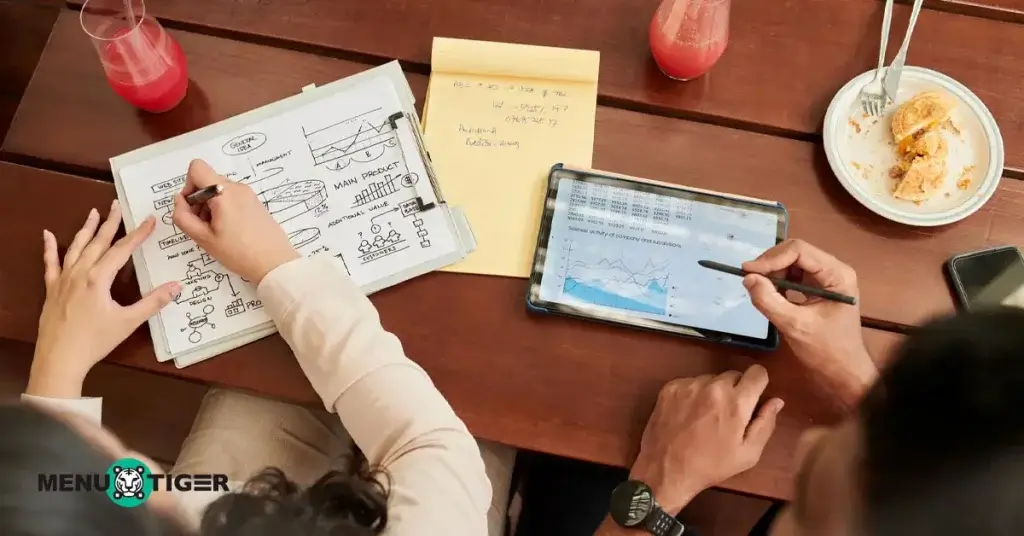
A strong launch sets the foundation for the success of your extended restaurant, so plan it thoroughly.
Finalize your menu, pricing, and delivery logistics to ensure smooth operations from day one. Build anticipation through your social media channels to capture early interest from your target audience.
For those who need guidance coordinating these tasks, a Project Management Course can be invaluable to keep everything on track and ensure clear communication among all stakeholders.
Before the official launch, run a soft opening with family, friends, and local influencers.
You might wonder what is a soft opening and how it helps your online restaurant. This is your initial showcase to selected groups before the actual launch. It’s an effective strategy to test your products and services’ efficiency and market based on the feedback you’ll get from them.
During the scheduled launch week, focus on building highly visible marketing, such as social media campaigns, targeted ads, and partnerships.
Offering an introductory promotion, such as discounts, free delivery, or bundle deals
is a smart opening salvo to attract first-time customers.
Once orders start rolling in, track performance metrics, customer feedback, and delivery efficiency to make quick adjustments.
Step 7. Establish efficient operations
Aside from your tech stack, make sure that you standardize recipes, portion sizes, and packaging.
This is to ensure the cohesiveness of the menu presentation and tastes. Also, have your staff undergo training on efficiency and multitasking to handle rushes without slowing down.
Keep a tight inventory system to track stock levels and avoid last-minute shortages, especially during peak hours.
Remember to monitor order time, mistakes, and customer feedback to spot weak points instantly and improve your operations.
The goal here is to run a fast and reliable kitchen that delivers quality food without delays.

Elevate your virtual operations with restaurant ordering software
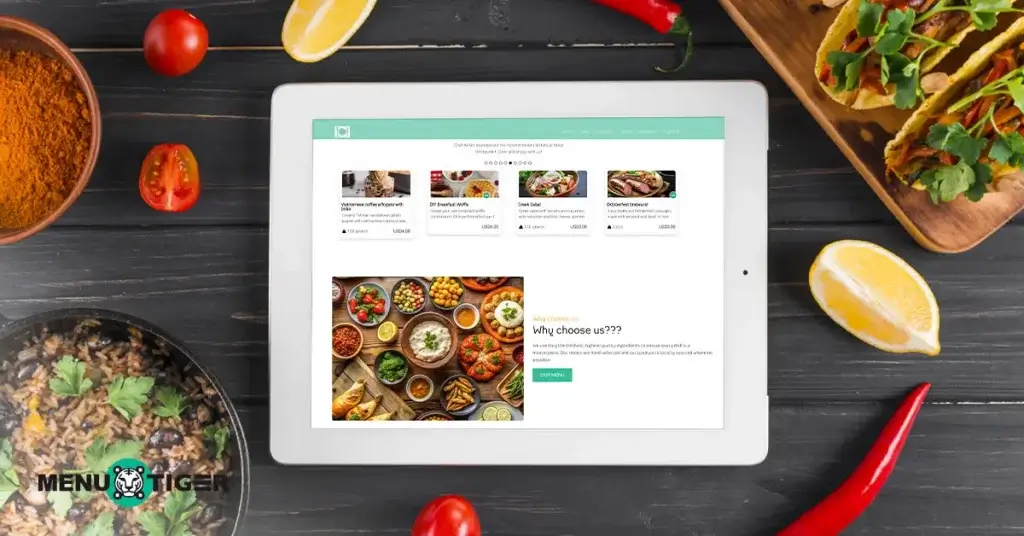
Extending your business online needs a new operational structure to keep up with its modern nature.
You have to build a workflow that works well with your online customers, and an effective step to do that is investing in restaurant technology like MENU TIGER ordering software and a virtual menu QR code.
Heavily designed with features and solutions that best serve your virtual restaurant.
Here’s it helps improve your operations:
Streamlined order management
Managing orders just got way easier with this smart menu software, so you don’t have to juggle multiple tasks manually.
It reduces manual entry mistakes, speeds up the whole process, and even directs orders to the right kitchen station automatically.
This saves time and keeps everything running smoothly.
Automated workflow and kitchen efficiency
It takes the guesswork out of kitchen operations by automatically sending orders straight to the kitchen as soon as they arrive.
No more running back and forth and manually entering tickets — everything is streamlined for maximum efficiency.
Data-driven decision making
With real-time data at your fingertips, making smart business decisions has never been easier.
Here, you can track top-selling items, peak order times, and customer preferences that provide you with valuable insights into what’s working and what’s not.
You can fine-tune your menu, adjust pricing, and create targeted promotions based on actual demand.
Reduced labor costs
Cut down labor expenses without sacrificing service quality.
With digital ordering, front-of-house staff need less time to take orders manually. This innovative system also automates routine tasks like order confirmations and receipts, freeing up your team to focus on customer experience and kitchen efficiency.
Less manual work means fewer drawbacks, faster service, and more streamlined operations overall.

Boost your restaurant’s revenue with an optimized online kitchen
As customer preferences evolve, the restaurant industry must adapt to stay profitable.
Expanding into virtual kitchens is a smart move to tap into the online market that leverages food delivery or pick-up to reach more customers and increase your revenue.
With the rise of online menu ordering systems and other tech-driven solutions, dining has never been more convenient — allowing consumers to enjoy their favorite dishes from the comfort of their homes while your restaurant maximizes operational efficiency.
Now’s the time to embrace the future of dining. Start optimizing your online kitchen today!
FAQs
A virtual kitchen is a restaurant that operates exclusively for delivery or pickup (commonly an extension of a traditional space).
Orders are placed online through third-party apps or digital ordering systems and prepared in a shared or standalone kitchen dedicated to delivery.
This type of business reduces overhead costs by eliminating the need for front-of-house staff and large dining spaces.
It allows restaurants to expand into new markets, test new menu concepts with minimal risk, and operate multiple brands from a single location, maximizing revenue potential.
Successful virtual kitchen spaces rely on strong online branding. So, optimizing your presence on food delivery apps, leveraging social media marketing, using targeted ads, and offering promotions or loyalty programs are guaranteed to attract and retain customers.
It often requires essential kitchen equipment for food prep, a reliable restaurant ordering system, and integration with delivery platforms.
Many operators also use kitchen display systems to streamline order management and ensure efficiency in fulfillment.

